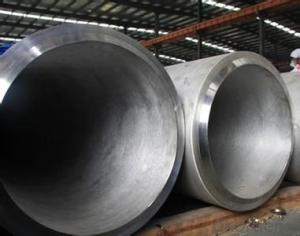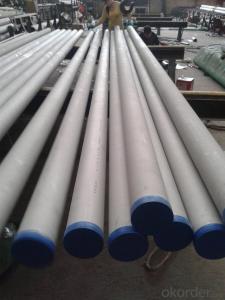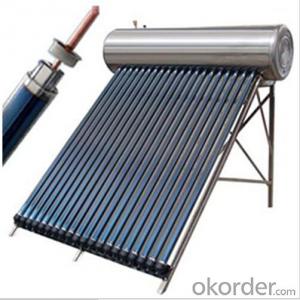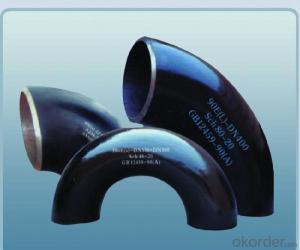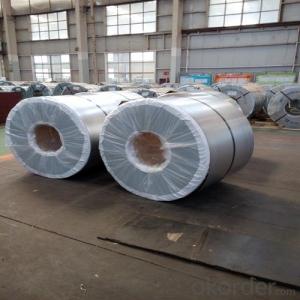Stainless Steel Crowns
Stainless Steel Crowns Related Searches
Best Paint For Stainless Steel Blanket Insulation For Steel Buildings Primer For Galvanized Steel Foam Filter For Stainless Steel H S Code For Stainless Steel Surface Grinding Wheels For Stainless Steel Surface Grinding Wheels For Hardened Steel Hole Saw For Stainless Steel Paint For Stainless Steel Stainless Steel For BbqHot Searches
Steel Mesh Panels For Sale Price For Stainless Steel Scrap Scrap Price For Stainless Steel Price For Stainless Steel Stainless Steel Tank For Sale Stainless Steel Sheets For Sale Cheap High Tea Sets For Sale Stainless Steel Tanks For Sale Stainless Steel For Sale High Density Fiberboard For Sale Solar Hot Water Collectors For Sale Scaffolding For Sale In Uae Scaffolding For Sale In Ireland Scaffolding For Sale In Houston Type Of Inverter For Solar Price Of Shipping Containers For Sale Types Of Inverter For Solar Stock Price For Aluminum Used Solar Inverter For Sale Steel Mesh Panels For SaleStainless Steel Crowns Supplier & Manufacturer from China
Okorder.com is a professional Stainless Steel Crowns supplier & manufacturer, offers integrated one-stop services including real-time quoting and online cargo tracking. We are funded by CNBM Group, a Fortune 500 enterprise and the largest Stainless Steel Crowns firm in China.Hot Products
FAQ
- Using tinplate for electrical components offers several benefits. Firstly, tinplate is highly corrosion-resistant, which helps protect the components from moisture and other environmental factors that can cause damage. Additionally, tinplate has excellent electrical conductivity, ensuring efficient and reliable performance of the electrical components. Moreover, tinplate is lightweight and durable, making it suitable for various applications. Lastly, tinplate is cost-effective, as it is readily available and its production process is relatively inexpensive. Overall, these advantages make tinplate a preferred choice for electrical components.
- Yes, tinplate can be used for certain aerospace applications. It is often used for cosmetic purposes in aerospace components such as decorative trim or coating on interior surfaces. However, it is not typically used for structural or critical parts due to its relatively low strength and potential for corrosion.
- Tinplate contributes to the overall sustainability of packaging in several ways. Firstly, tinplate is a recyclable material, meaning it can be reused indefinitely without losing its quality or properties. This reduces the need for constantly producing new packaging materials and helps to conserve natural resources. Additionally, tinplate is a durable material that provides excellent protection for the packaged goods, reducing the risk of damage or spoilage. This leads to less food waste and a more efficient use of resources. Moreover, tinplate has a long shelf-life, ensuring the preservation of the packaged products for extended periods without the need for additional packaging or preservatives. Overall, the use of tinplate in packaging promotes sustainability by reducing waste, conserving resources, and preserving the quality and safety of the packaged goods.
- Tinplate for signage is typically coated through a process known as electroplating, where a thin layer of metal, such as tin or chromium, is deposited onto the surface of the tinplate. This coating not only enhances the visual appeal of the signage but also provides protection against corrosion and improves its durability.
- Tinplate is coated with anti-tarnish materials through a process called passivation. This involves applying a thin layer of protective coating, such as chromium oxide or tin oxide, onto the surface of the tinplate. This coating acts as a barrier, preventing the tin from reacting with oxygen or other elements in the environment, thereby minimizing tarnishing and maintaining the appearance and integrity of the tinplate.
- Tinplate contributes to the aesthetics of furniture by providing a sleek and shiny finish that adds a modern and sophisticated look. Its reflective surface enhances the overall visual appeal of furniture, giving it a sleek and contemporary appearance. Additionally, tinplate can be easily shaped and molded into various designs, allowing for intricate detailing and unique patterns, further enhancing the overall aesthetic appeal of furniture pieces.
- Yes, tinplate packaging can be used for pet food products. Tinplate is a commonly used material for packaging due to its durability, resistance to corrosion, and ability to maintain the freshness and quality of food products. It provides a secure and protective barrier against external elements, making it suitable for pet food products as well.


















